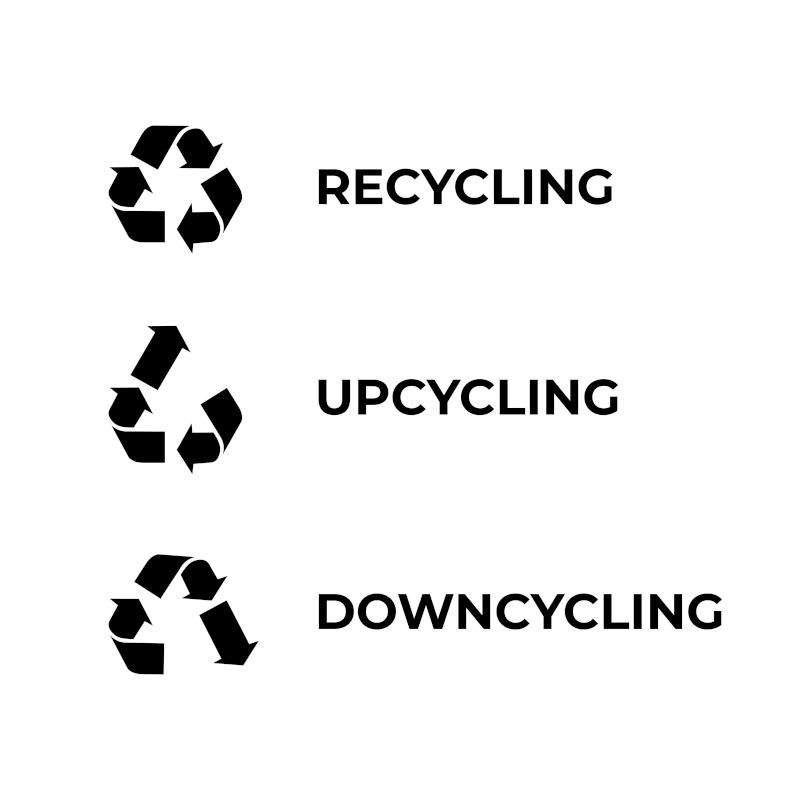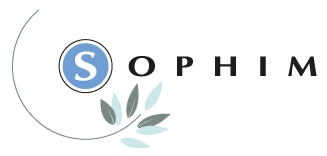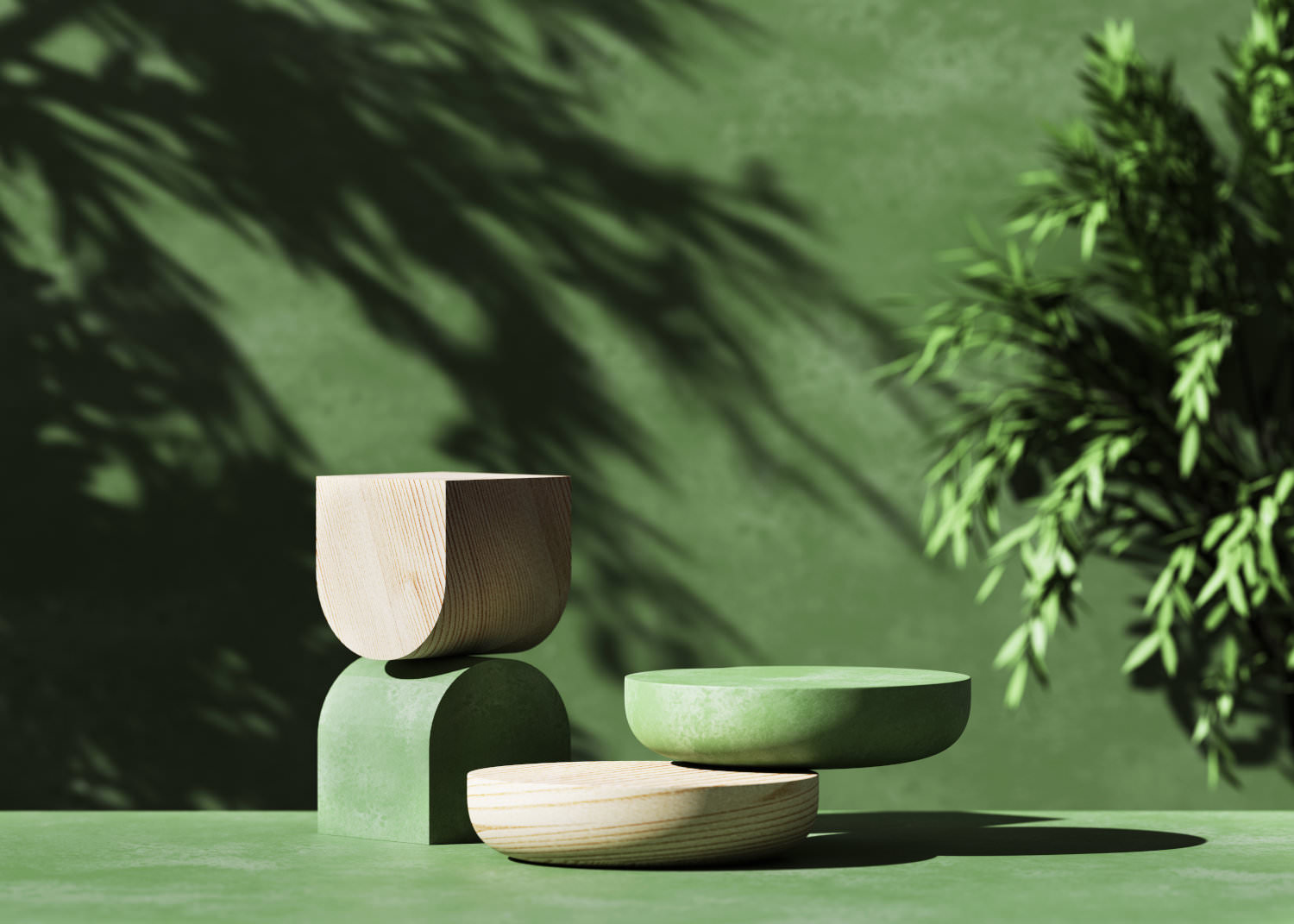From the linear economy to the circular economy
The traditional economic model has long been based on a linear and extractive approach:
- Extraction of raw materials or production of agricultural resources;
- Transformation of these materials and resources into finished products, with the production of waste;
- Consumption and generation of new waste;
- Incineration, storage, destruction or low recovery of waste after the act of consumption.
The linear economy is a major producer of waste, with significant environmental consequences:
- Depletion of non-renewable resources;
- Depletion of biodiversity for the production of agricultural resources;
- Greenhouse gas emissions from the extraction of these resources;
- Contamination of soil, water or air by the storage or incineration of waste.
The circular economy goes against this linear approach, focusing on efficiency and sustainability at every stage of production, and encouraging upcycling, recycling and reuse wherever possible. This approach requires consideration at each stage of the production, consumption and end-of-life process.
In the case of a cosmetic product, the circular economy will for example favour:
- Ingredients produced with little waste;
- Ingredients that make use of waste or unexploited elements;
- A production method that reduces the amount of waste as much as possible;
- Packaging that is reusable or designed to be easily recycled;
- No packaging (solid cosmetics).
Downcycling, recycling or upcycling
Recycling allows unnecessary products or waste to be transformed into similar or equivalent objects. For example, a recycled glass bottle can be used to produce a new glass paste, which will be used to make new objects: jars, bottles, flasks, etc. These objects have the same qualities as the original products.
Downcycling is the process of transforming a waste or useless product into a new material with a lower value. For example, steel from a car at the end of its life is downcycled into a lower quality steel, used for example in construction, where the requirements are lower.
Upcycling can be literally translated as ‘recycling from above’. In upcycling, an empty but intact bottle is used to give life to a new, higher value object. For example, it can be used as a lampshade for a lamp. Upcycling is very present in the furniture, decoration and ready-to-wear sectors. A piece of furniture made from pallet wood is upcycling.
But how can upcycling be transformed from a trend promoted by certain players to a fundamental approach adopted in cosmetics and many other economic sectors?

Upcycling in cosmetics, between ecology and savings
The ingredients used by cosmetics professionals are mainly of three different types:
- Ingredients of petrochemical origin, derived from the processing of fossil resources;
- Ingredients of mineral origin, derived from the exploitation of the soil or subsoil;
- Ingredients of natural origin, essentially from the plant world.
Sophim focuses its range on natural ingredients, more respectful of the planet and your health.
The choice of organic agriculture, as made by Sophim for part of its range, allows the impact on biodiversity to be reduced by excluding certain processing.
Upcycling, by recovering elements of agricultural production destined to be destroyed or devalued, is particularly virtuous for the environment. It is not necessary to allocate new plots of land to agricultural production, since the raw material is already available.
But it also saves money: these previously unused raw materials are available at an affordable cost. These savings benefit all actors in the value chain:
- Farmers improve their standard of living by adding value to a part of their production that was previously unused;
- Cosmetics professionals can, for the same price, favour higher quality over recycled ingredients, rather than traditionally produced ingredients (e.g. organic rather than conventional farming);
- The savings can be passed on to the end consumer, either through price increases or additional investment in research and development.
Sophim’s choice of upcycling
By developing PHYTOSQUALAN, a squalane of plant origin, Sophim has designed an emollient with high quality moisturising properties, respectful of the environment and the health of your customers.
To go even further in our eco-responsible approach, we have decided to use a co-product from the olive oil extraction process. These co-products, of little interest to the food industry, contain high concentrations of squalene, whose characteristics are identical to those of the rest of the olive. We can therefore offer the cosmetics industry a high-quality olive squalane that is particularly environmentally friendly.
We have extended this upcycling approach to other cosmetic vegetable oils. Organic raspberry oil, for example, is produced according to the principle of upcycling, based on the use of the seeds, recovered during the process of manufacturing edible oil. Also in an upcycling approach, plum oil is obtained from the kernel, the part of the stone inside the shell that is particularly rich in vitamins A, B, C and E. The kernel is also a co-product of the food industry.
Order sample
Commit yourself to more responsible cosmetics
Are you a professional in the cosmetics sector and would you like to make a commitment to more environmentally responsible production? Our natural and upcycling cosmetic ingredients reflect our environmental concerns.
Are you looking for more sustainable and high-quality solutions? You can get in touch with your usual contact yourself in Sophim, contact us by telephone on (+33)4 92 33 17 17 or send us a message.
Category: Chemical expertise







